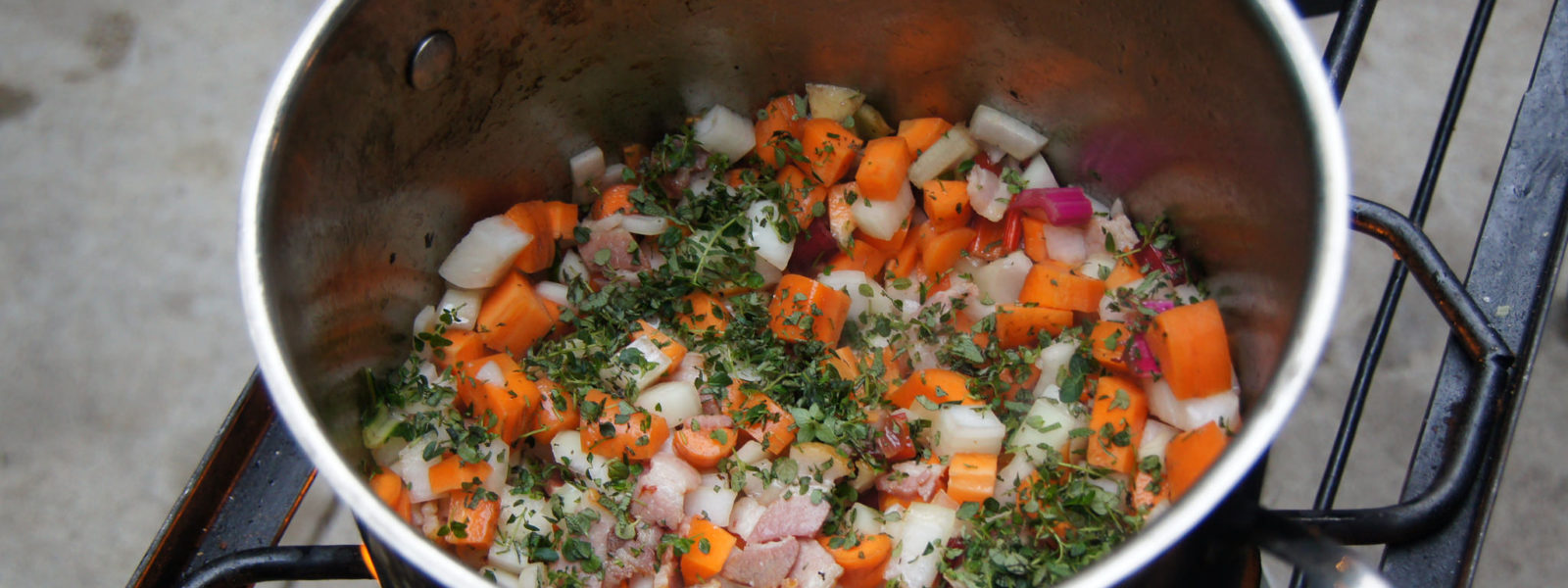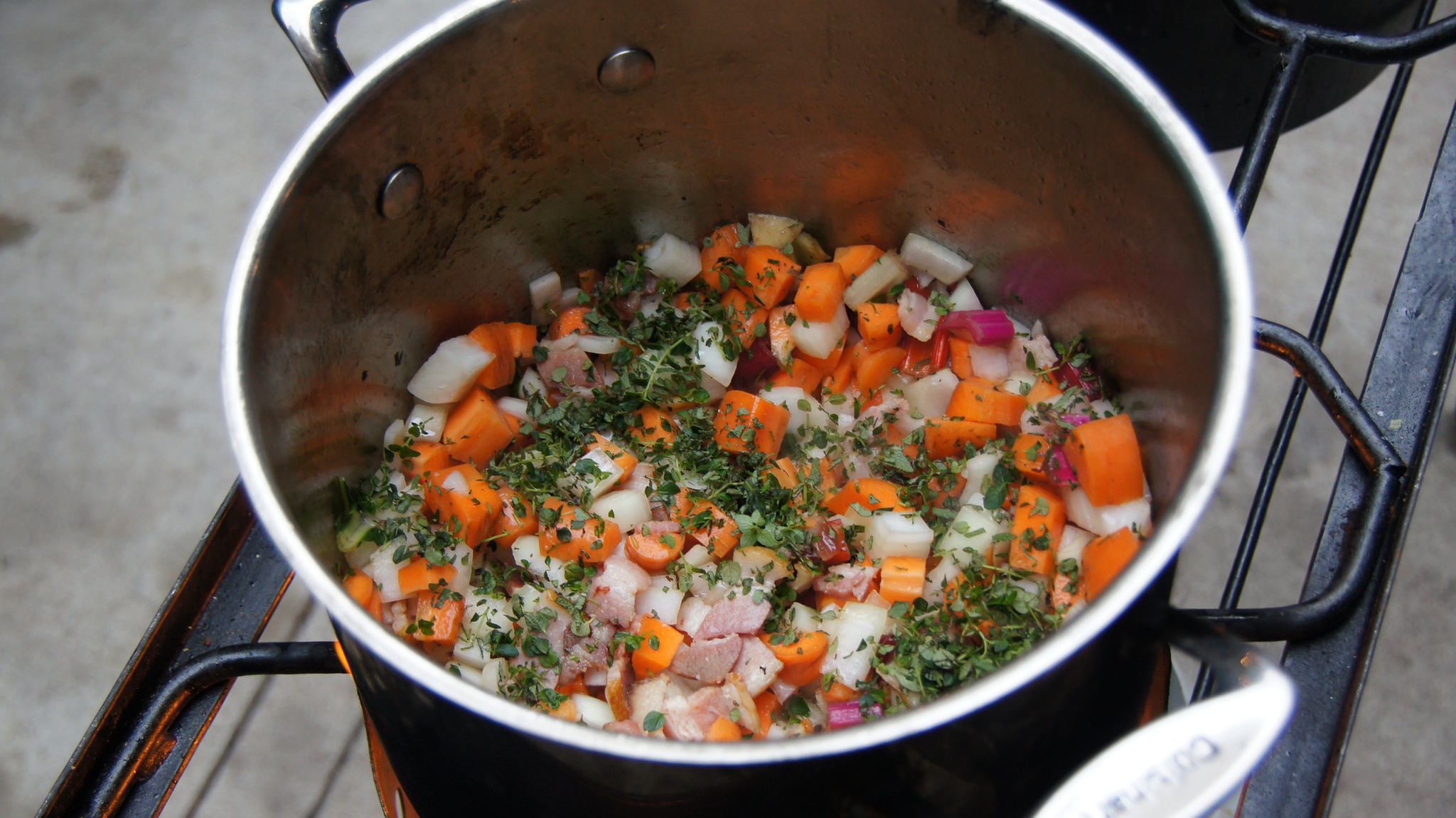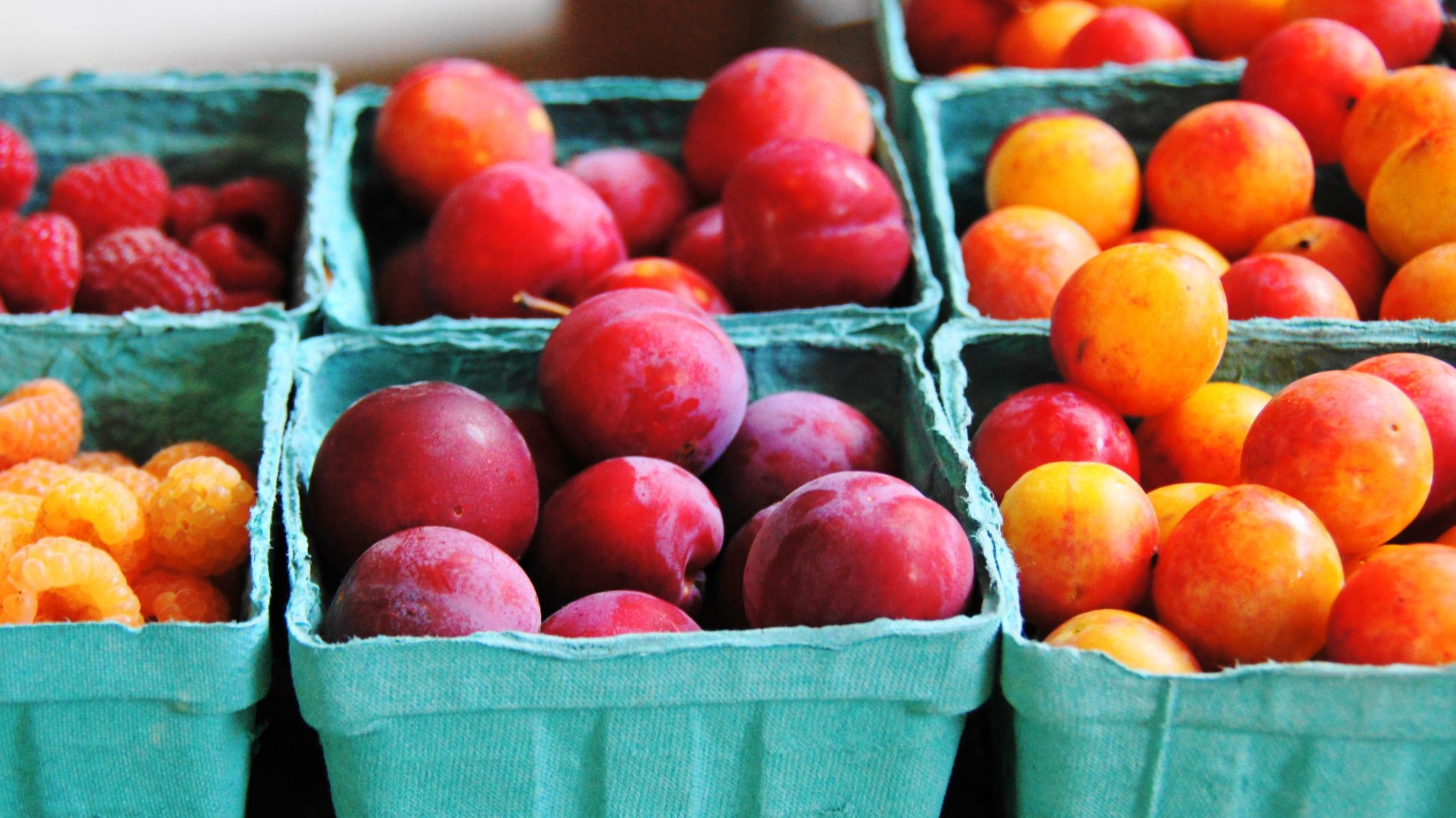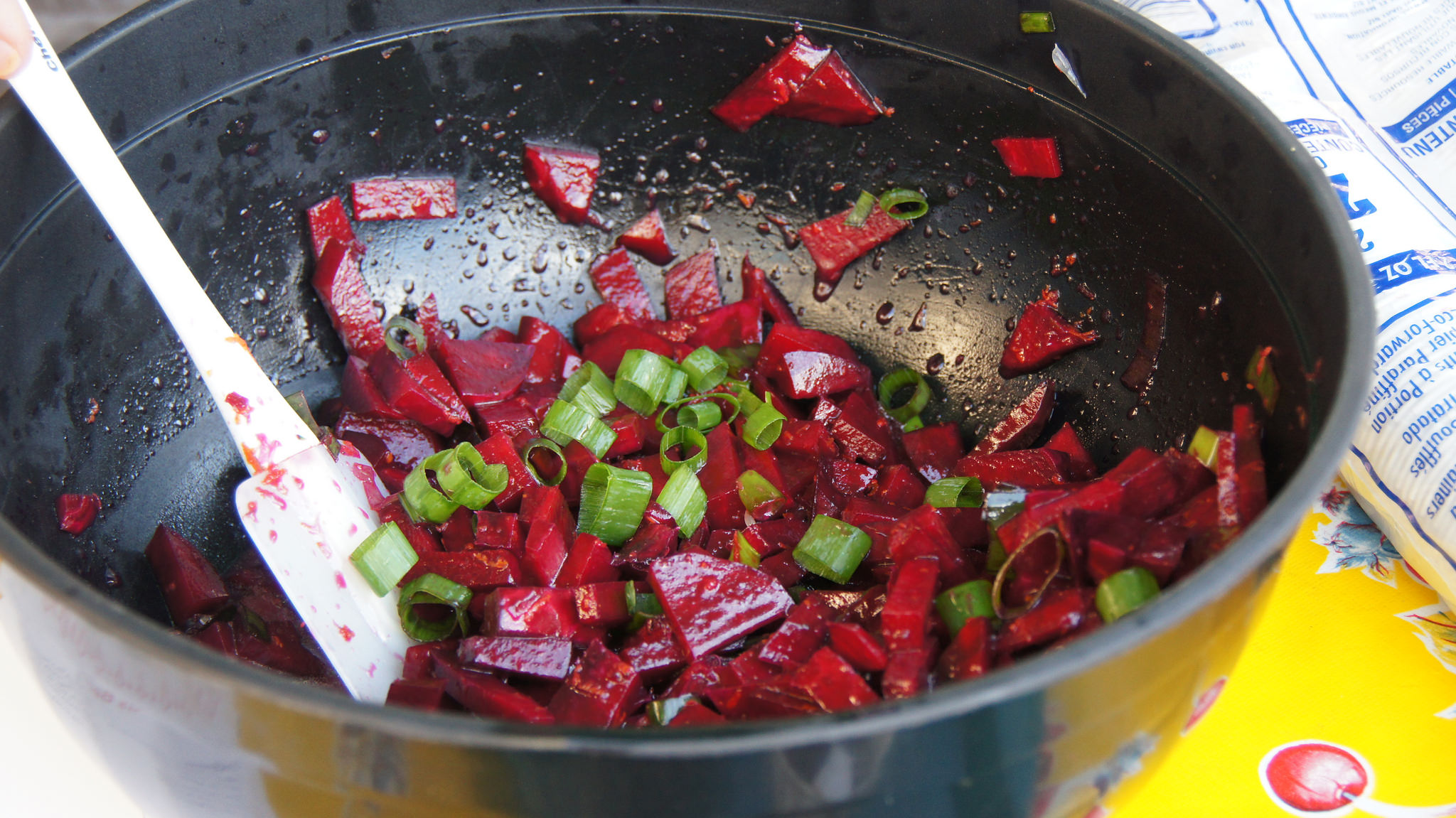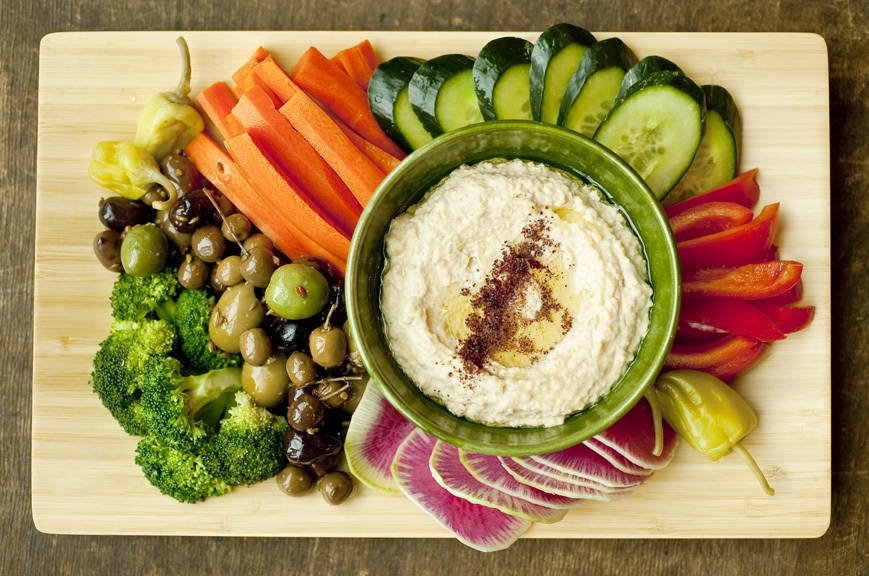Eating the recommended number of servings for fruits and vegetables can seem like a daunting task. The number of servings each person needs depends on his/her calorie needs. Check out www.choosemyplate.gov/ for more information on this. Getting in your fruits and vegetables each day may be easier than you think! So, what exactly is a serving?
One serving of fruit equals:
- 1 medium piece of fruit
- ½ cup of 100% fruit juice
- ¼ cup dried fruit
- ½ cup fresh or frozen fruit
One serving of vegetables equals:
- 1 cup leafy greens
- ½ cup cooked or raw vegetables
- ½ cup vegetable juice
For the best success with increasing fruit and vegetables in your diet, make sure you stock up on a variety of items at the farmers market. Purchase items that are in season and look for creative ways to store them in the winter months. Here are some tips to get you started:
1–Double the Veggies
In most recipes that call for vegetables (such as soups, pizza and salads), you can easily double the vegetables without altering the dish. An extra handful of kale or doubling the carrots adds more flavor and nutrients for your family. Click here to check out some of our veggie-packed soup recipes!
2–Vegetarian Alternatives
Meatless Mondays, “Vegan Until 6pm” and other ways to incorporate vegetables into your regular routine are becoming more popular as we all struggle with agriculture’s impact on the environment and our health. Adding a vegetarian alternative to your diet is a great way to increase the number of veggies on your plate and reduce stress on the environment. Click here to browse our seasonal vegetarian recipes.
3–Start and End with Fruit
A handful of seasonal fruit makes a great addition to breakfast and for a flavorful dessert. Take advantage of Minnesota’s berries and melon in spring and summer, apples and stone fruit in the fall, and treat yourself with some bright citrus in the winter months. Click here to read more about our fruit farmers!
4–Green Juices and Smoothies
Adding a handful of spinach (or other leafy greens) to your favorite green juice or fruit smoothie goes a long way in getting to the recommend serving of vegetables and adds a boost of iron, calcium and vitamins to your diet! Click here to read more about spring greens.
5–Get Creative with Your Salads
Tired of the same old mixed lettuce salad? Why not get local! Incorporating seasonal vegetables into your salads and side dishes is not only supporting the local economy, but also a great way to challenge yourself to try new and creative dishes. The Mill City Farmers Market has a summer internship where nutrition students create simple raw recipes using whatever produce is in season. Click here to see their recipes.
6–Chip off the Old Block
You’ve probably heard of kale chips by now, but what about sun choke, parsnip, celeriac or beet chips? Baking thin slices of vegetables is a great snack and a creative way to eat up all sorts of CSA and farmers market veggies. Plus, homemade veggie chips contain fair less salt and oil and will be very inexpensive! Click here to get the recipe.
7–In Sight and In Your Mind
Keeping fruits and vegetables visible (and other snack foods out-of-sight) is a good way to keep them on your mind. Try having a fruit bowl on the table or washed and sliced veggies in a bowl in the front of the refrigerator for quick and easy snacking. Click here for our veggie-packed dip recipes!
8–Don’t Forget Herbs
Fresh herbs can go a long way when it comes to adding some green to your diet. A generous portion of mint in your smoothie, a dose of parsley on top of your soup or even a handful of cilantro in your sandwich adds flavor and nutrients to your diet. Did you know a serving of parsley contains more beta carotene than carrots? Click here to read more about herbs.
Increasing your fruit and vegetable intake is easier than many people think, and doing so will improve your health and lower your risk for certain diseases. Trying out new items from the farmers market will add variety to meals and snacks and you may even find some new favorites foods. Enjoy!
Click here to see more of our seasonal Mill City Cooks recipes!
